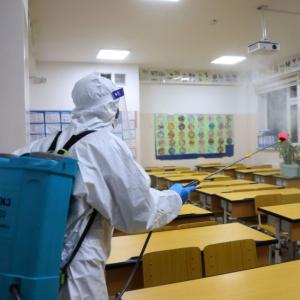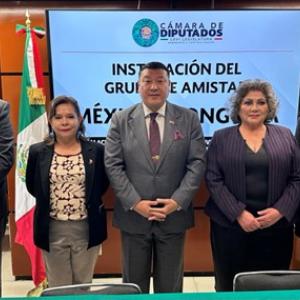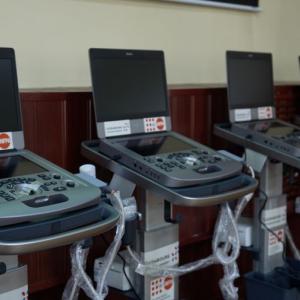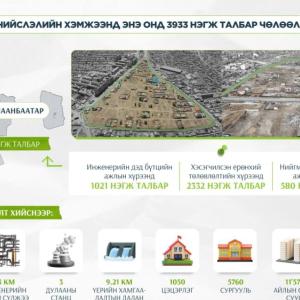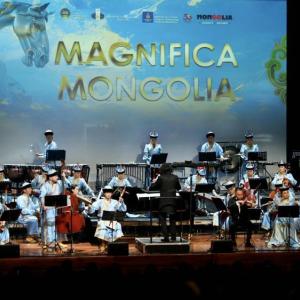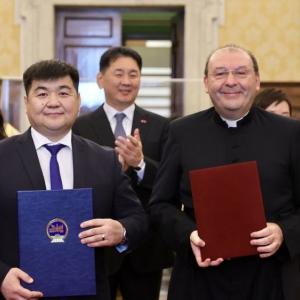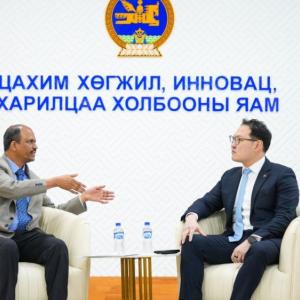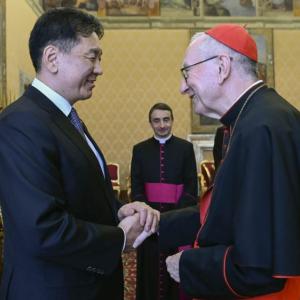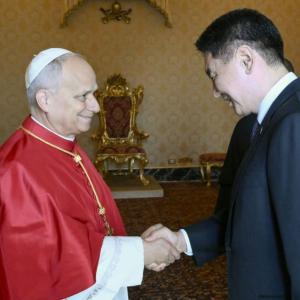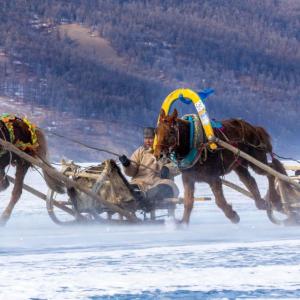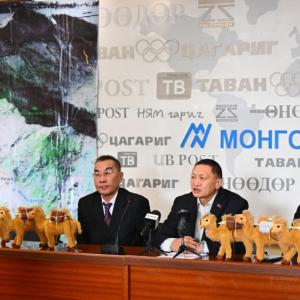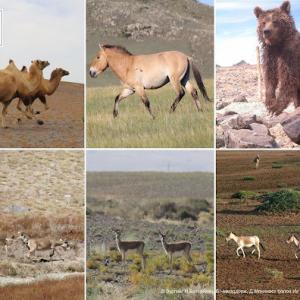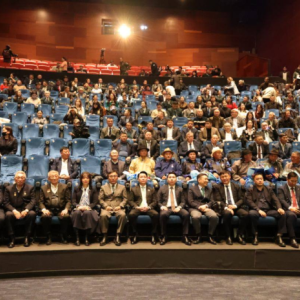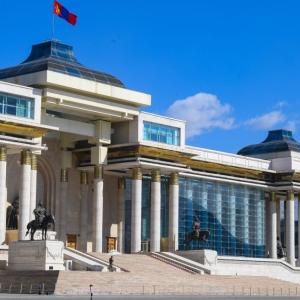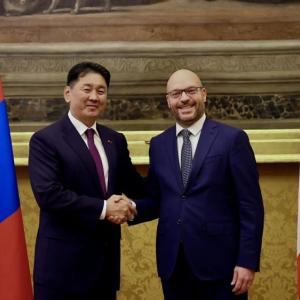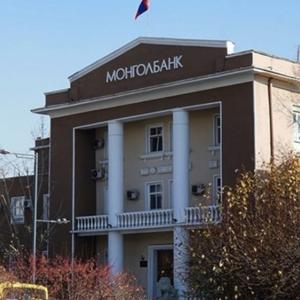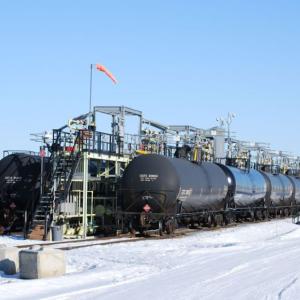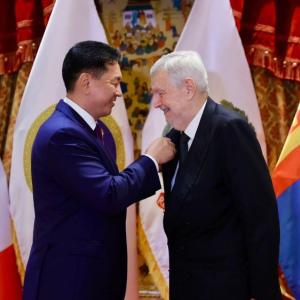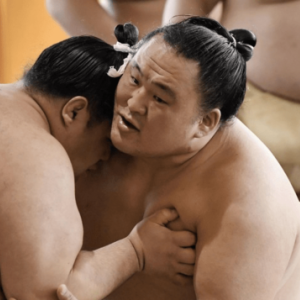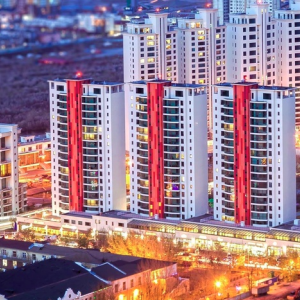Series of articles “Monasteries of Mongolia”
Photos tell a history
We are opening a new corner “Photos tell a history” for our dear readers. This corner will be operated by Sogoo, who recently gives rise a sensation in the global social online network, with rare and unique photographs. Sogoo is a historian and researcher, who will meet with you every week.
Complex monasteries
“Lama’s khuree” was located on the territory of modern Binder soum of the
Khentii aimag /province/ and the old name of the soum was “Woodland Jonon Van’s
khoshuu” of the Setsen Khan aimag. The monastery was situated in the
forest-steppe zone on the Lama’s hill on the west side from the Deluun
Boldog mountain and on the north side from the Khurkh river. In the research
reports of monasteries and churches of 1934-1938 was noted that the complex
monasteries “Lama’s khuree” was originally founded in 1873 in the Batsumber
area with 11 monasteries and 10 churches such as Tsogchin, Choir, Jud,
Maidar and with 316 lamas /Buddhist monks/. In oral folk sources people
say that the complex monasteries “Lama’s khuree” was originally founded on
the area named “Tavan Tolgoi” /Five Hills/ and about 30 years later it was
moved to the Lama’s hill. There were more than 800 lamas from main 4 aimags of
Mongolia in its 8 churches and 900-1000 lamas were taking part in its religious
ceremonies. Complex monasteries “Lama’s khuree” was the second largest Buddhist
center after Bareivun monasteries in Mongolia. /The source is an interview with
an old resident of the Batshireet soum of the Khentii aimag/.
Note about location:
In the forest-steppe zone: on the Lama’s hill on the west side from the Deluun Boldog mountain and north side from the Khurkh river. On east side from monasteries there is a valley between Onon and Khurkh rivers and on the west side a hill “Uvur Shivert”. On the northern hill there is a main preserved ceremonial “Ovoo” /stone erection/. There is another place with “Children’s Ovoo” which was erected on the place where was cured an umbilical cord of the Chinggis khaan. People conduct religious ceremonies on these places with “Ovoo”.


 Ulaanbaatar
Ulaanbaatar







